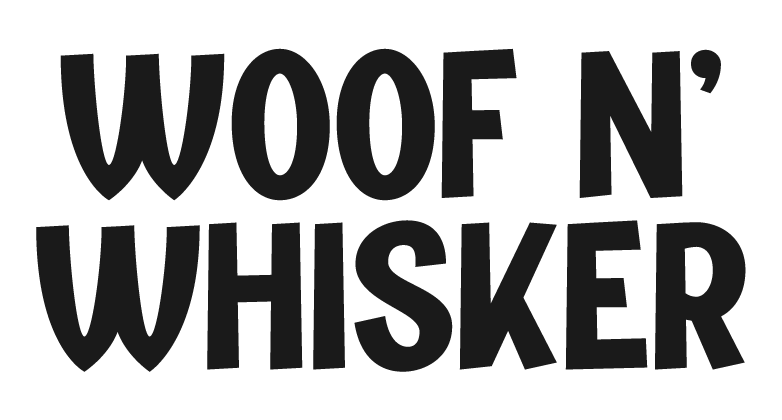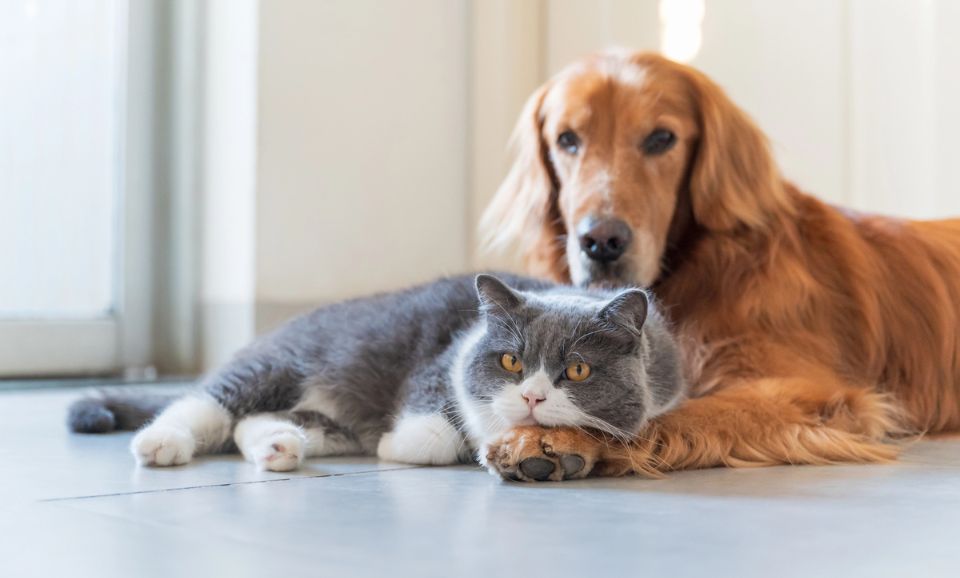Walk into any pet store or scroll through online listings, and you’ll find endless promises: “Complete & balanced,” “natural,” “grain-free,” “premium,” but what do these labels really mean?

At Woof N’ Whisker, we believe pet parents should feel confident about what’s in their furry friend’s bowl. That’s why we’re here to decode those tricky food labels, so you can make choices that truly support your pet’s health, happiness, and longevity.
Here’s how to read pet food labels like a pro.
1. Don’t Be Fooled by the Front
Words like “holistic,” “premium,” or “gourmet” sound impressive, but they’re not regulated. In other words, any brand can use them without meeting specific standards.
Pro tip: Flip the bag or can over. The real story is on the back.
2. Look at the Ingredients List—Not Just the Buzzwords

Ingredients are listed in order of weight, so the first few matter most. Here’s what to watch for:
✅ Real, named proteins first (like “chicken breast,” “sardine,” or “beef liver”)
❌ Generic terms (like “meat meal,” “animal digest,” or “by-products”)
✅ Whole foods you can pronounce
❌ Fillers like corn, wheat, or soy
At Woof N’ Whisker, every product is made with human-grade, single-ingredient goodness, so what you see is exactly what you get.
3. Spot the Sneaky Additives
Long chemical names at the end of the list? Many are preservatives, artificial colours, or synthetic vitamins added to mimic nutrition. But real food doesn’t need a science lab.
Look for:
-
Natural preservatives like rosemary extract
-
Whole-food sources of nutrients (e.g., kelp for iodine, fish for omega-3s)
-
A short, recognisable ingredient list
We skip the synthetics altogether. Our flakes are gently prepared using time-honoured Japanese techniques, so the nutrients stay intact, and no artificial add-ons are needed.
4. Understand the Guaranteed Analysis

This is the breakdown of protein, fat, fibre, and moisture. It doesn’t tell you quality, but it does give clues:
-
High protein isn’t always better if it’s low-quality or hard to digest
-
Fat levels should be moderate for most pets, especially seniors
-
Fibre helps digestion, but too much can mean fillers
Balanced nutrition is about bioavailability, how easily your pet can use what’s in the food. That’s why we keep our recipes simple and biologically appropriate.
5. Watch Out for “Complete & Balanced” Claims
This label means the product meets minimum requirements set by AAFCO, but “minimum” doesn’t equal optimal.
Just like humans can meet their daily vitamin needs on junk food, pets can survive on basic kibble. But at Woof N’ Whisker, our goal is not survival; it’s thriving. That’s why we create toppers that support digestion, skin health, joint comfort, and energy—naturally.
Final Woof

Understanding your pet’s food label is one of the most powerful things you can do for their long-term health. And once you know what to look for, the choice becomes easy: real food, real ingredients, real results.
Looking to add clarity and quality to your pet’s meals? Explore our Balance Flake and Purfect Flake, made with 100% human-grade ingredients, gently prepared to help your pet live well at every age.
Shop with confidence → View Our Range




Leave a comment
This site is protected by hCaptcha and the hCaptcha Privacy Policy and Terms of Service apply.